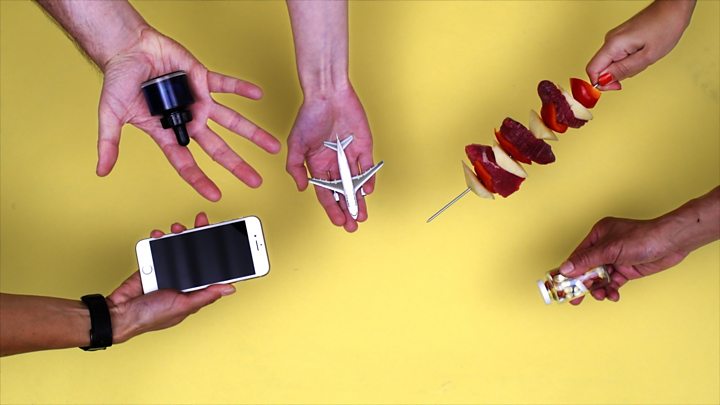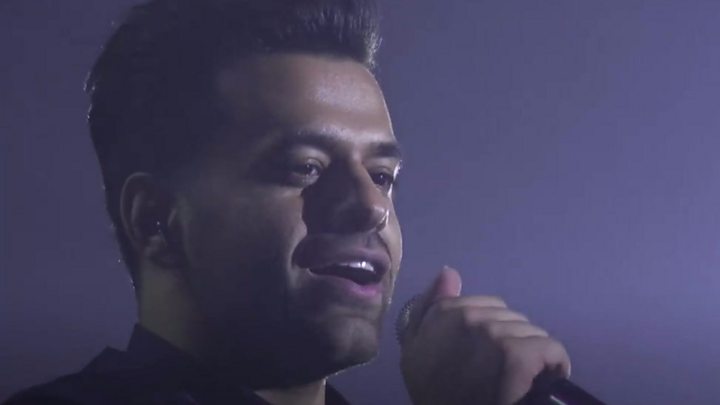 Image copyright
Image copyright
EPA
Hassan Rouhani (2nd right) says European partners can save the nuclear deal
Iran says it has begun using new advanced centrifuges to enrich uranium – the latest step in reducing its commitments under a 2015 nuclear deal with world powers.
Forty such centrifuges were now operational, said nuclear agency spokesman Behruz Kamalvandi.
Enriched uranium can be used to make reactor fuel but also nuclear weapons.
Iran stopped abiding by two commitments in July in response to sanctions the US reinstated when it abandoned the deal.
President Donald Trump wants to force Iran to negotiate a new agreement that would place indefinite curbs on its nuclear programme and also halt its development of ballistic missiles. But Iran has so far refused.
- Why limits on Iran’s enrichment matter
- Iran nuclear crisis in 300 words
- Can the nuclear deal can be saved?
Other countries which are parties to the deal – the UK, France, Germany, China and Russia – have tried to keep it alive. But the sanctions have caused Iran’s oil exports to collapse, the value of its currency to plummet, and sent its inflation rate soaring.
What has Iran done?
Mr Kamalwandi announced the new measures on Saturday.
He told a news conference Iran’s Atomic Energy Agency had activated 20 IR-4 and 20 IR-6 centrifuges – which could enrich high-quality uranium.
New centrifuges would be developed to meet the country’s needs, he said.
He added that Iran’s steps were reversible – but this depended on other partners returning to their obligations under the deal.
In the meantime, Iran’s would continue to allow inspectors from the global nuclear watchdog, the International Atomic Energy Agency (IAEA).
The IAEA confirmed on 1 July that Iran had breached the 300kg (660lb) limit on the amount of enriched uranium it is allowed to stockpile.

Six days later, Iran began enriching uranium to 4.5% concentration so it could make fuel for its Bushehr power plant – beyond the 3.67% cap enshrined in the nuclear deal. Weapons-grade uranium is 90% enriched or more.
Under the accord, Iran is allowed to operate no more than 5,060 IR-1 centrifuges – the oldest and least efficient model – until 2026.
It is also permitted to continue research and development in a manner that does not accumulate enriched uranium, and to test more advanced IR-6 and IR-8 centrifuges, which can more quickly enrich uranium. After 2024, it may commence the testing of up to 30 IR-6 centrifuges.
The installation of advanced centrifuges would shorten Iran’s so-called “break-out time” – the time required for it to produce enough fissile material for a bomb.

Iranian officials have given a cautious welcome to a French proposal to offer Iran a $15bn (£12.5bn) line of credit, secured by oil, in return for its full compliance with the nuclear deal. That would allow Iran to obtain foreign currency.
A senior US official told Reuters news agency that the Trump administration was “pretty sceptical” of the French initiative but had not ruled out approving it.
Iran nuclear deal: Tehran to develop speedier centrifuges}

